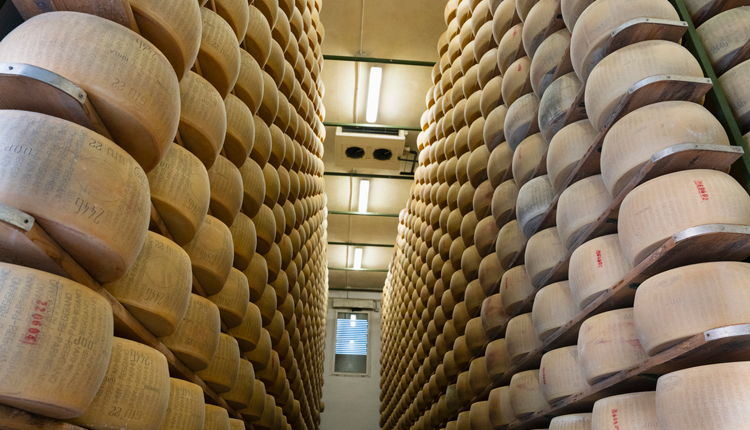
Despite mounting economic pressures and geopolitical tensions, global dairy prices, especially among certain commodities in both Europe and Oceania, have continued to rise in recent months, defying expectations. While milk production among major exporters has grown only modestly, this limited supply has helped support prices even as demand shows signs of strain. Key concerns include near-record-low consumer confidence in the U.S., economic instability in China, and weakening sales across foodservice and consumer packaged goods sectors globally.
Trade tensions remain a significant wildcard. Ongoing tariff volatility and shifting trade policies are reshaping global dairy flows. Yet prices, especially in Oceania, have surged to multi-year highs. Fonterra’s record-high forecast of NZD 10 per kgMS for the this coming season reflects strong confidence in continued price strength. The Global Dairy Trade auction has also posted consistent gains, reinforcing this bullish sentiment.
In the U.S., dairy markets have mirrored global trends, with most commodities showing strength into late May even as in some products, especially cheese and butter, we remain significantly lower versus our global competitors. This has been supported by lower stock levels and robust first quarter exports that shipped prior to the implementation of new tariffs. April milk production rose 1.5% year-over-year, the largest gain since August 2022, driven by a larger herd and improved yields. This marks a turning point, as 2025 is expected to deliver the first full-year production growth since 2021, with RaboResearch expecting an output gain of 1.4% over 2024.
Despite a tight supply of replacement heifers, favorable margins have led farmers to retain more cows, reducing slaughter rates. As of April, the national herd reached its highest level since March 2023, up 89,000 head from a year earlier. Yield per cow also rose for the third consecutive month, aided by a sharp decline in avian influenza cases, even as California continues to feel the lingering effects of last year’s outbreak.
Trade remains a double-edged sword. While exports to Mexico remain strong under the USMCA, tensions with China have escalated. U.S. dairy products faced a 125% retaliatory tariff increase, though this was eased in mid-May and is now in a 90-day cooling-off period. Still, uncertainty looms. March exports surged to a two-year high, likely due to importers frontloading purchases ahead of tariff hikes. Cheese and butter exports were particularly strong, with butter shipments up 112% year-over-year.
Looking ahead, RaboResearch anticipates a softening in global prices as milk production ramps up and demand remains fragile, likely coming into alignment with U.S. prices that seem mostly rangebound. While the U.S. dairy sector is showing signs of recovery, it must navigate a complex landscape of trade policy shifts, inflationary pressures, and evolving consumer behavior.
RaboResearch F&A North America provides dynamic insight and value to dairy industry members, and other Rabobank clients and stakeholders. Learn more about the research reports for a competitive edge here.










